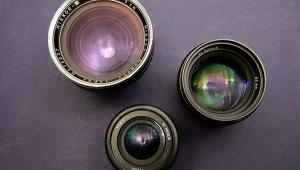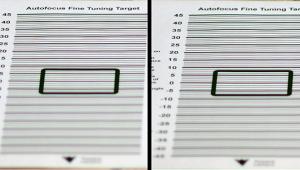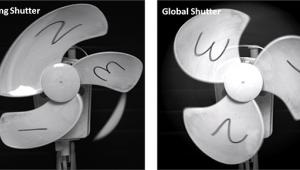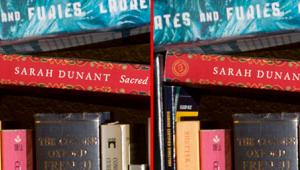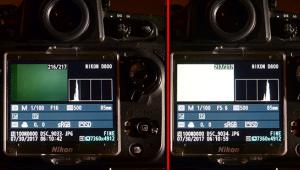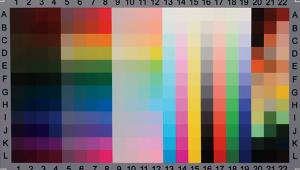Cutting the Cords: How Wi-Fi Is Making Your Camera Part of the Connected World
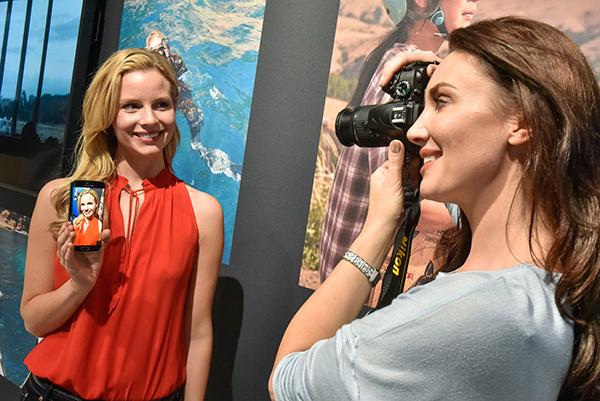
Soon enough, your camera will join the ranks of the well connected. That’s not to say it will be invited to A-list parties, but only that it will become a participant in the highly touted Internet of Things, now coming ’round the mountain.
You may think it crazy to create a future in which your fridge talks to your garage door opener, but it’s imminent. Tens of billions of “things” are expected to be online and sharing information within three years.
Perhaps you already have a Wi-Fi camera, but the chances aren’t high. Although the first such cameras were introduced a dozen years ago, the technology has been slow to infest the photo world. But things are now moving quickly.
What does that mean to you? Well, we could talk about bit rates and data packets here, or how to set up a Wi-Fi-enabled camera. But rather than simply numb you with tech minutiae or rehash the instruction manual for a new DSLR, let’s step back and ruminate on what this capability might offer.
Consider an analogy. Remember when personal computers were self-contained, as independent from one another as fourth cousins? Moving files was only possible via “sneaker net.” Today, you hardly think about transferring your award-winning photos of indigenous iceberg dwellers from your laptop to your smartphone or the cloud. More than that, I’d contend that connectivity has subtly become the principal driver for even having a computer—giving you the take-it-for-granted ability to look up information, download entertainment, or communicate.
Similarly, when your camera’s connected, you’ll benefit from some important functionality. For example, you’ll be able to get the photos off the memory card and onto your laptop’s hard drive (or into the cloud) without having to chain the two together with a USB cable—or without removing the card and stuffing it into a reader.
You might think of this as a minor improvement, like wireless earbuds. But it’s more. You can do this from anywhere that your smartphone will work—anywhere with connectivity. And if the communication is just between camera and phone, you won’t even need that. So if you’re on vacation, you’ll have the dubious ability to immediately burden your friends and social media followers with your experiences. Personally, I sometimes make photos with my phone rather than my far-more-capable DSLR simply because I can share them immediately. If my DSLR had Wi-Fi, then this would be one less problem.
Wi-Fi uploading is also a hedge against memory card failure—a disaster akin to opening the back of your camera in film days—or even to having your gear stolen. I’ve heard victims lament that the theft of their camera was less upsetting than losing their photos.
If you’re a photojournalist, your work gets to the editor immediately, a definite advantage in the era of the 24-minute news cycle. Commercial photogs might benefit from instant feedback, even if they bridle at the thought of a client looking over their shoulder.
Another slick capability is remote control of your camera from your smartphone or tablet. Think of those low-angle shots where you can’t get your eye to the viewfinder, or when the camera’s up high.
If you enjoy shooting dangerous predators or nervous birds, you’ll appreciate sitting behind cover while watching the action (and controlling focus and exposure) with your tablet. And while I always thought people making photos with an iPad looked dorky, I envy the compositional advantage of the big screen image.
These are the obvious benefits. Future applications are hard to foresee, although it’s fun to imagine being at a sporting event or rock concert where everyone’s uploading their best shots onto a mammoth screen. Or photo contests limited to pix made during a one-hour time slot.
Currently, the Internet of Things is being slowed by the lack of interface standards. That’s a temporary problem, muddled by inevitable commercial considerations. But you can bet that using your camera with other devices will soon become as straightforward as dealing with your e-mail client.
No one knows where connectivity in photography will ultimately lead. But you’re bucking the currents of history if you doubt that some killer app will eventually turn what’s now a minor feature into something you’ll swear is essential.

Seth Shostak is an astronomer at the SETI Institute who thinks photography is one of humanity’s greatest inventions. You can find him on both Facebook and Twitter.

